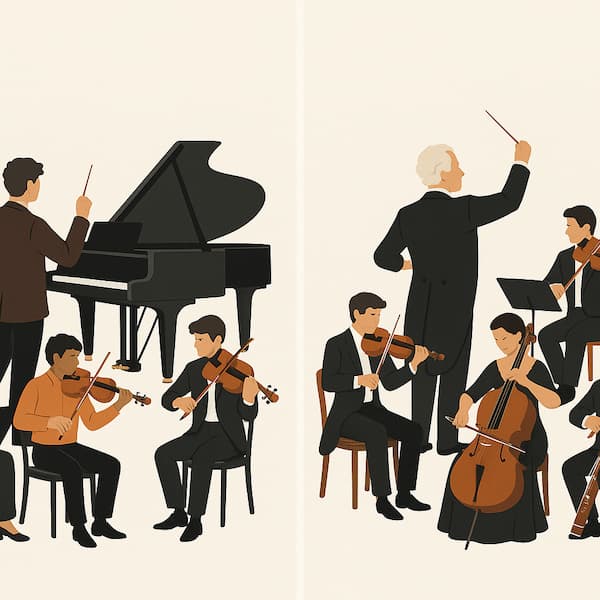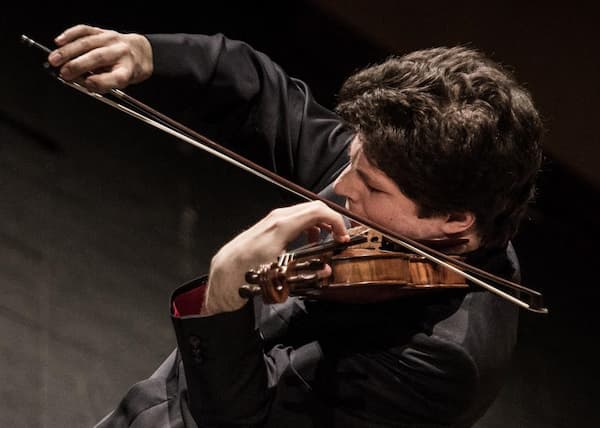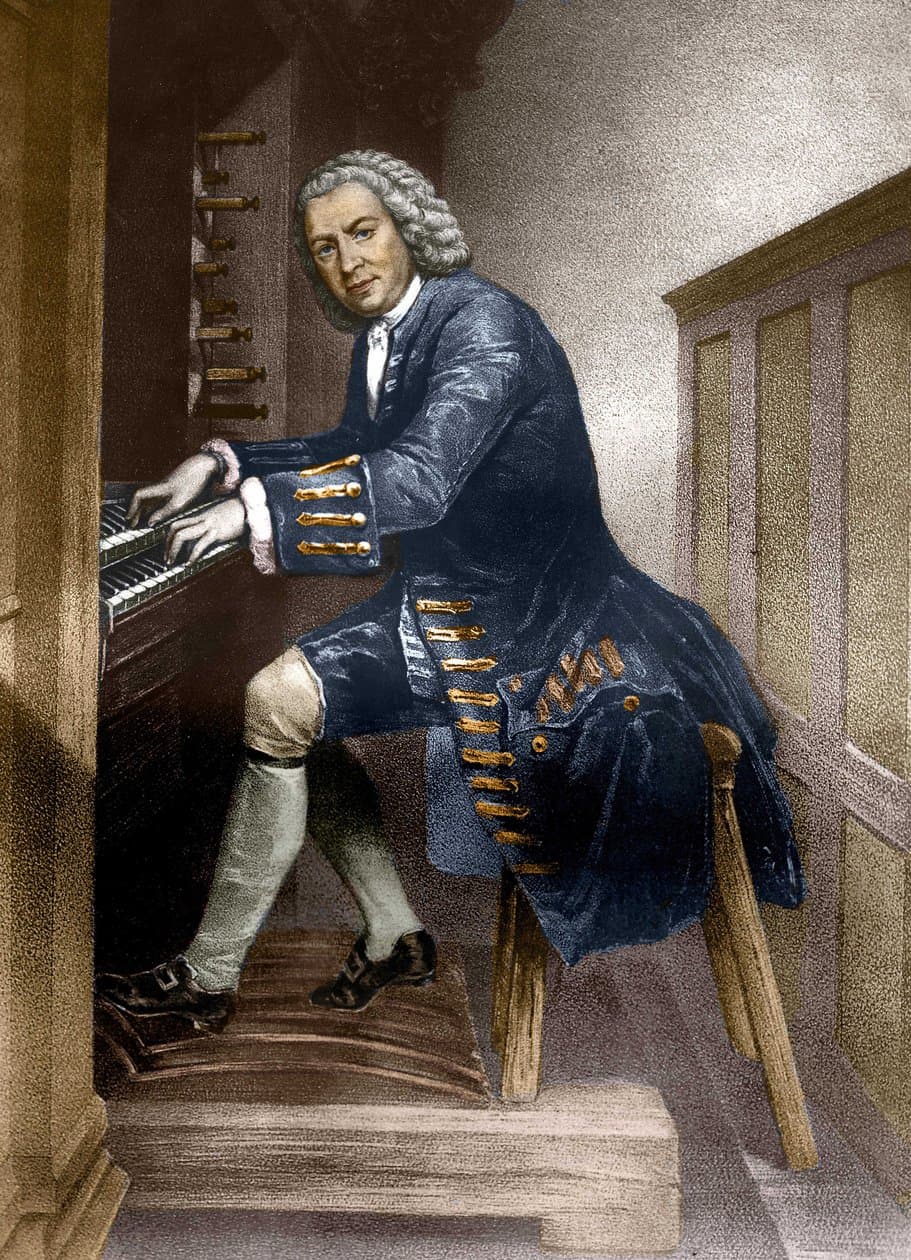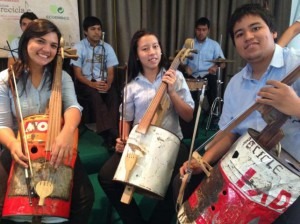
Credit: http://www.baraderoteinforma.com.ar/
Beginning with an idea for a documentary on underserved children in Paraguay in 2009, producers Alejandra Amarilla and Juliana Penaranda-Loftus were guided by the Paraguay Ministry of Education to the Cateura programme and made a short documentary that came out in 2012.
Three million views later, the Orchestra came to the attention of international television and became a hit.
The orchestra was begun by environmental technician Favio Chávez, who had originally come to the landfill to supervise a new recycling project. Using his own musical knowledge as a basis, he began to give free music lessons and soon attracted a wide group of students. He had students but lacked more than a few basic instruments. One of the pickers in the landfill, Nicolas ‘Colá Gomez, became the orchestra’s luthier, creating new instruments from detritus from the landfill: violin bodies from oil cans, cellos from oil drums, saxophone keys from spoons and buttons, tuning pegs from high-heel shoes.
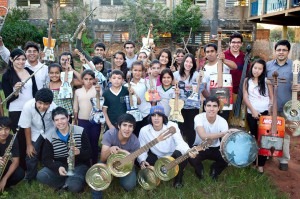
Credit: http://www.baraderoteinforma.com.ar/
The documentary is a wonderful exposition of the way that music can change the life of its practitioners. Far from being condemned to a life of poverty, the players now have the ability to dream and to see those dreams come to fruition.
However, this is not a documentary about music. The instruments sound terrible, are often out-of-tune, and you do not get the impression at all through the film that it’s music’s oft-cited power that’s driving these players forward. In the live concert by the Orchestra that I saw before the film, the pieces were simple, but in every case, the players’ gaze was riveted to their music. In the announcements from the stage, no piece of music was given a title and no composers were named. One piece, in fact, was recognized by one audience member as being a fairly modern protest song from Peru about the conditions in the copper mines but from the stage it was announced only as ‘Latin American.’ Their sole ‘classical’ work, Pachelbel’s Canon, came with a surprising rock beat from the drum set. The music the Orchestra plays will be the vehicle to get these performers out of the ghetto, but it’s not going to be their key to a career as musicians.
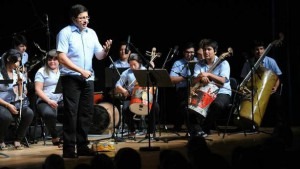
Credit: http://www.deia.com/
Official Website
Beethoven Symphonie no. 5

